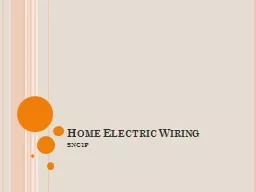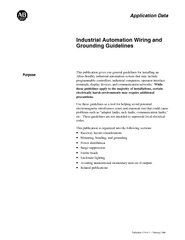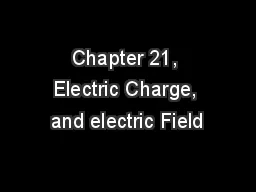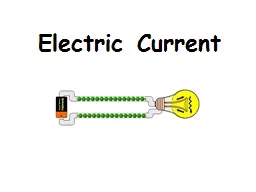PPT-Home Electric Wiring
Author : myesha-ticknor | Published Date : 2017-09-14
SNC1P Home Electric Wiring Most Homes in Ontario are connected to a Power Transmission Grid The grid is a huge circuit It covers hundreds of kilometres The grid
Presentation Embed Code
Download Presentation
Download Presentation The PPT/PDF document "Home Electric Wiring" is the property of its rightful owner. Permission is granted to download and print the materials on this website for personal, non-commercial use only, and to display it on your personal computer provided you do not modify the materials and that you retain all copyright notices contained in the materials. By downloading content from our website, you accept the terms of this agreement.
Home Electric Wiring: Transcript
Download Rules Of Document
"Home Electric Wiring"The content belongs to its owner. You may download and print it for personal use, without modification, and keep all copyright notices. By downloading, you agree to these terms.
Related Documents














